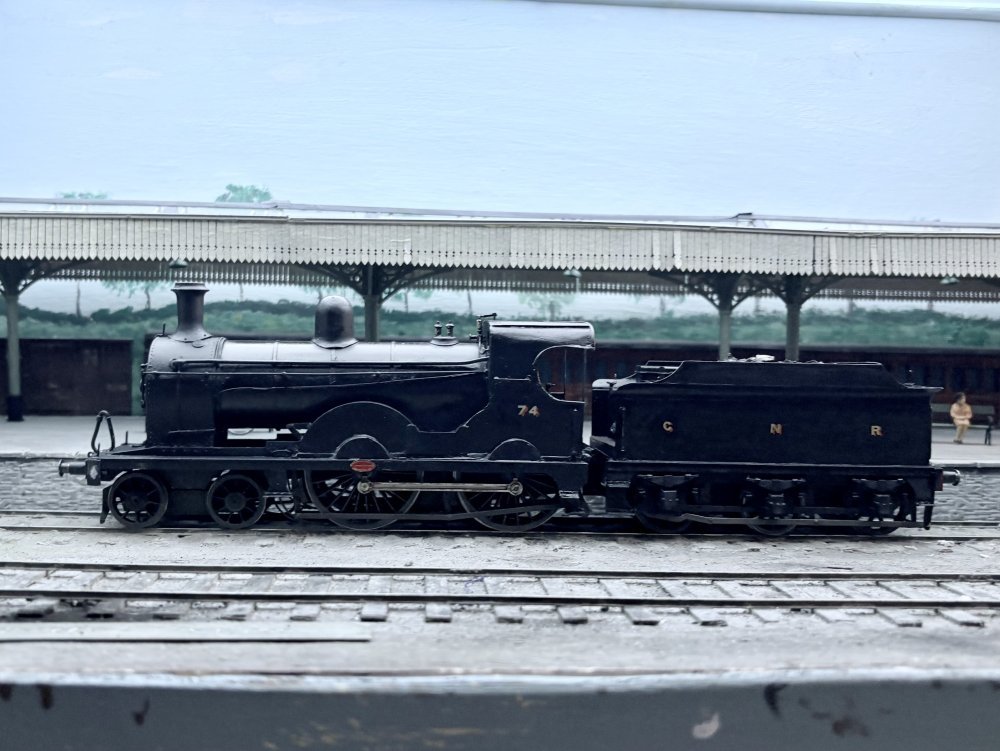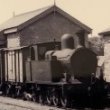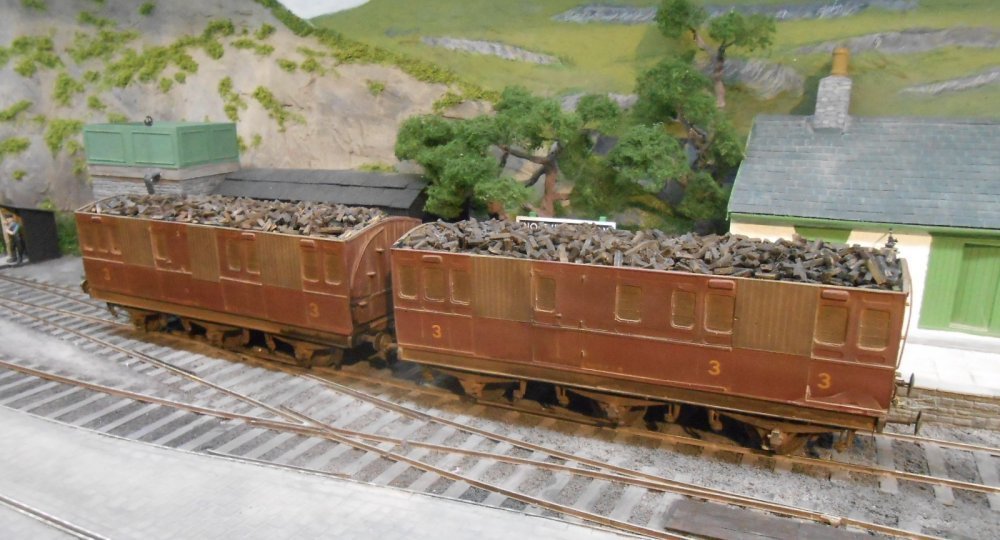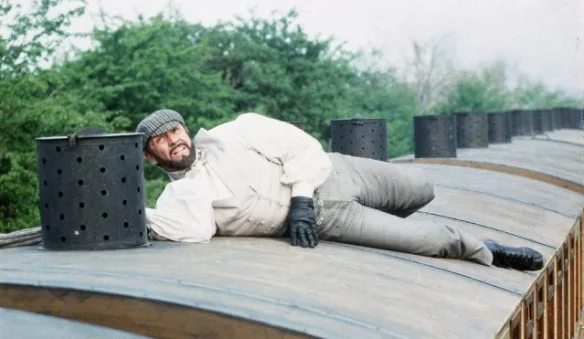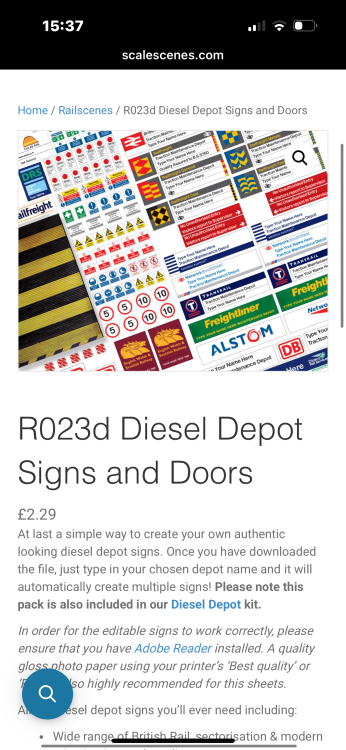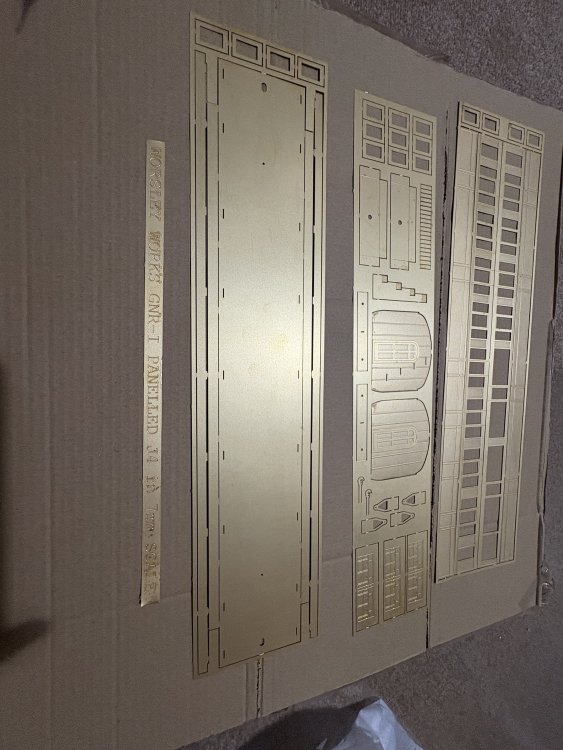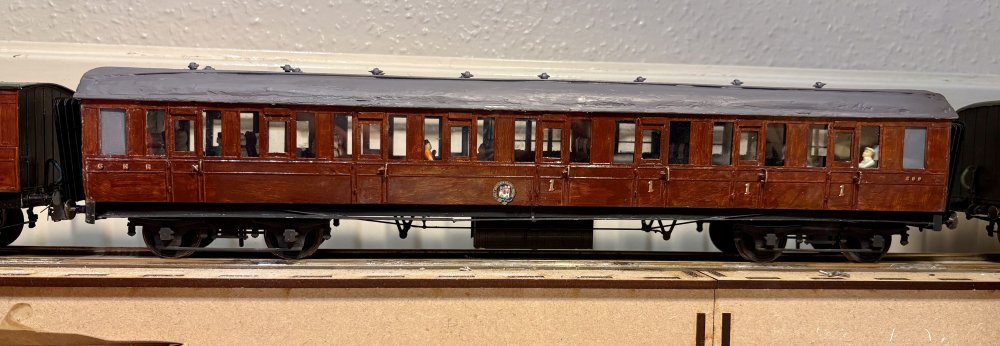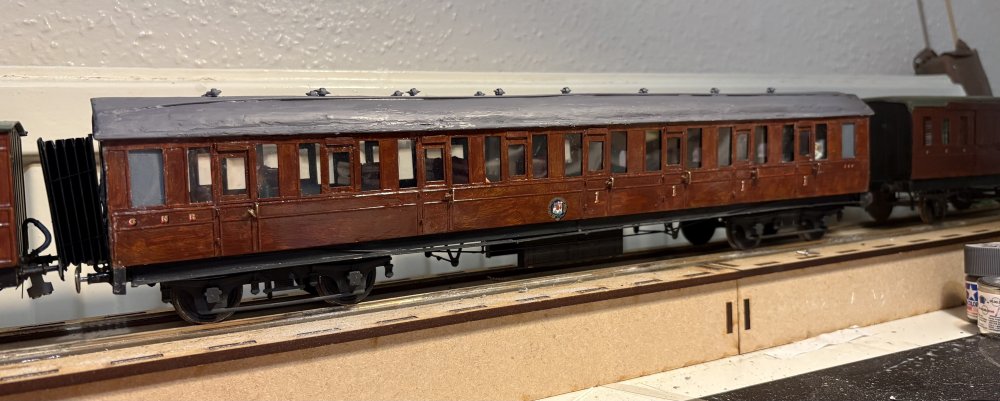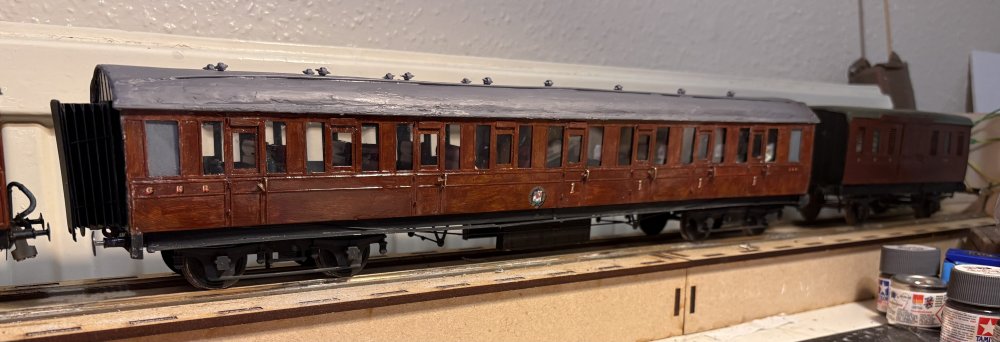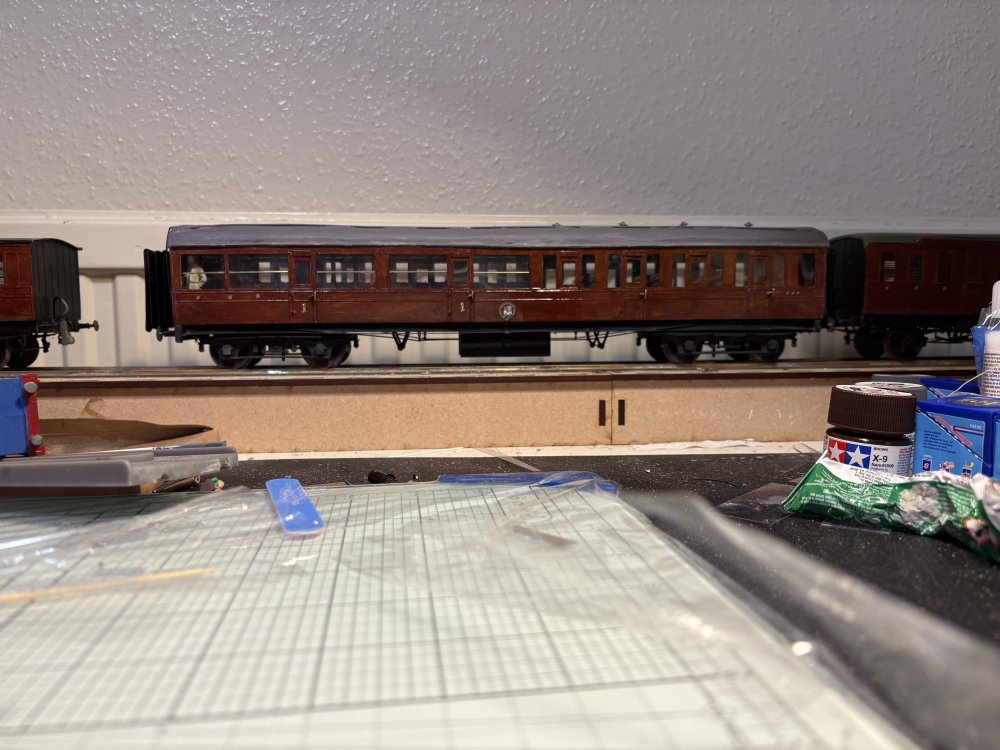-
Posts
4,638 -
Joined
-
Last visited
-
Days Won
59
Content Type
Profiles
Forums
Events
Gallery
Everything posted by Galteemore
-
Very well done. Just stick a wheel on the smokebox door as a finishing touch !
-
It depends on the contributor. Some veer more in one direction than another …..
-
That’s a 50% overlap with much of this forum…
-
-
Given that Mullingar is built in a Y shape, could have a side each. Given the Long Fellow’s Clare connection, how about Sixmilebridge De Valera ?
-
Bangor Coakham, Whitehead Arnold, Adelaide Donaldson ….
-
There’s also something of an apostolic succession of Irish railway writing here. Michael was a big support to Mac Arnold in his final years, and has since taken up the torch of recording Irish railways and their people
-
-
So we finally know. Rowley Birkin KC is actually from Annascaul….https://youtu.be/1Cwyq3XWeHE?si=cn9biDAO2kJ6hvrf
-
Not quite as good as their £125 steam locos earlier in the year but some serious bargains here. One thing O gauge stock has is ‘presence’ - you are getting a lot of loco for your money !
-
I thought he was queuing for the 1st class WC after too many pints in the buffet car! In reality the corridor passengers are in place to distract attention from some glazing glue that went the wrong way !
-
Thanks Eoin - that’s brilliant. Perhaps I can try to copy the method even without a cameo cutter!
-
That’s great John. Looks very well and has lasted ! What’s your method @murrayec? Remedial work has taken place on my coach and it looks much better now !
-
Wow that’s fabulous. Really good result
-
Thanks everyone. The gloss paint and lighting does make the roof look worse than it is, but some AK filler (have been using Humbrol which is not very fine) will help. Lessons learned for next - and final - coach: am awaiting a J4 from Worsley.
-
That’s coming on very nicely. Great minimum space layout.
-
That’s my biggest ever piece of rolling stock more or less done. Thanks to @Paul 34Ffor significant information input, and @Northroader for the correct bogie sides, which I have squeezed out to 36.75. Very unusual coach, with both compartments and open sections. As with all my models, I’m quite disappointed with it in many ways but nor is it a complete failure, I suppose. Roof looks better in real life and a little more filler some weathering will smooth things out. The roof was horrible to do - a high arch - so ended up making a balsa layer structure and then sanding to shape. Corridor connections are temporary until I can get the correct ones sorted. Should look ok with the PP….shout out to @Mol_PMB and @Maynerfor construction advice.
- 542 replies
-
- 10
-

-

-
That looks lovely. Great design and has turned out well.
-
Brilliant @murrayec And at the very end of his life he made this…
-
Nor should we forget this — set in Ireland but filmed near Basingstoke. When we lived there I paid regular pilgrimage to the site.
-
The above is one of my favourites. All done using real locos and stock, and the depot was actually blown up - SNCF wanted rid of it so struck a deal with the movie crew. Several other locos are destroyed in the course of the movie. Other movies worth watching for trains if not plot: Von Ryan’s Express, The Cassandra Crossing, First Great Train Robbery (filmed in Ireland with a specially restored 184 and cameo from 186), Train of Events, The Ladykillers.
-
Biggest hole in preservation is probably a 4-4-0 from one of the Southern companies. The most gorgeous of all a WLWR Robinson in original livery ….other worthy nominees are an NCC 3’ gauge compound, a PP class or U, BCDR 2-4-0. In terms of what would be useful in modern steam ops round Dublin, a Bandon tank or Glover tank would earn their keep.
-
That’s quite right - anything’s possible. It’s interesting though, that at least two of the most recent new builds have decided not to pursue main line certification - the Saint and Patriot builds. Of course, in GB you have your pick of lengthy heritage lines to stretch out on as an alternative option. Ireland just doesn’t have that choice, although Maam Cross might offer an opportunity if plans come off…
.png.c363cdf5c3fb7955cd92a55eb6dbbae0.png)
